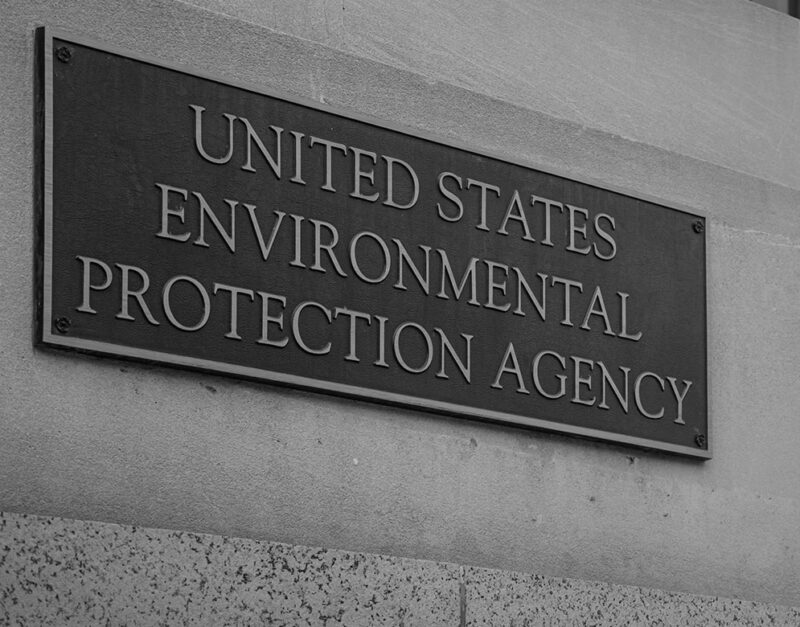 January 18, 2024
January 18, 2024 The Environmental Protection Agency (EPA) is proposing tough new regulations that would significantly reduce hazardous air pollutants from chemical plants.
The proposal targets facilities that produce the highly toxic chemicals ethylene oxide (EtO) and chloroprene. The crackdown announced in April 2023 came nearly 18 months after ProPublica reported that an estimated 74 million Americans – more than a fifth of the population – are being exposed to elevated cancer risks.
A second proposal would require 86 facilities that use EtO for sterilizing medical supplies or fumigating spices to install equipment to reduce emissions, the Texas Tribune reports.
Ambitious clean-air goals
The proposed reductions would drastically reduce the number of people at risk for elevated air toxins in communities surrounding plants that use EtO and chloroprene, according to an EPA news release. The first proposal would improve air quality in communities historically overburdened by pollution and cut more than 6,000 tons of toxic air pollution a year. The second proposal would cut EtO emissions by 80 percent, according to another EPA news release.
Highlights of the proposal include:
- The plans would update several regulations that apply to chemical plants, including facilities that make synthetic organic chemicals and polymers such as neoprene.
- The proposal would reduce 6,053 tons of toxic emissions, which are known or suspected of causing cancer and other serious health effects, each year.
- The reductions include a 58-ton-per-year reduction in EtO and a reduction of 14 tons per year in chloroprene.
Other toxic chemicals targeted include benzene, 1,3-butadiene, ethylene dichloride, and vinyl chloride. These measures would also reduce emissions of smog-forming volatile organic compounds by more than 23,000 tons per year.
The EPA plan would reduce cancer risks from breathing toxic air pollutants emitted from specific processes and equipment covered under the rules. The pollutants are linked to several cancers, including lymphoma, leukemia, breast cancer and liver cancer, among others.
New monitoring requirements
If approved, the EPA would require facilities that make, store, use or emit EtO, chloroprene, benzene, and other air pollutants to monitor contamination levels in the air at the fence line of a facility. This would fulfill one of the commitments EPA Administrator Michael S. Regan made during a 2021 tour of heavily polluted areas around chemical plants across the U.S.
How We Help Victims of Benzene Exposure
Seek justice with the help of our experienced attorneys. Our Dallas, Texas, benzene law firm has battled corporate giants on behalf of individuals like you for 20 years, aggressively fighting to hold them responsible for dangerous chemicals and the personal injuries and cancers they cause. If you have suffered a catastrophic injury caused by dangerous products, we can help.


